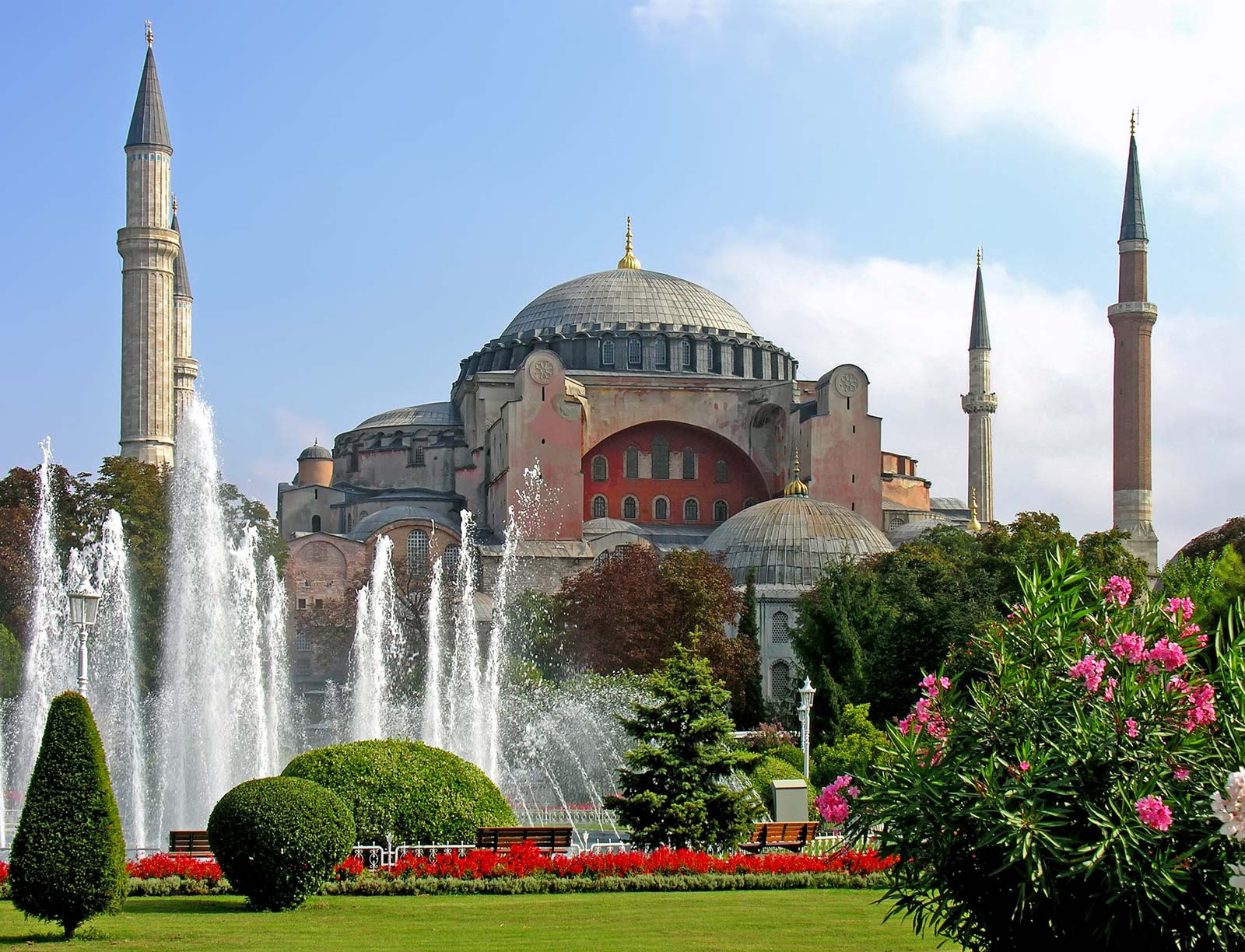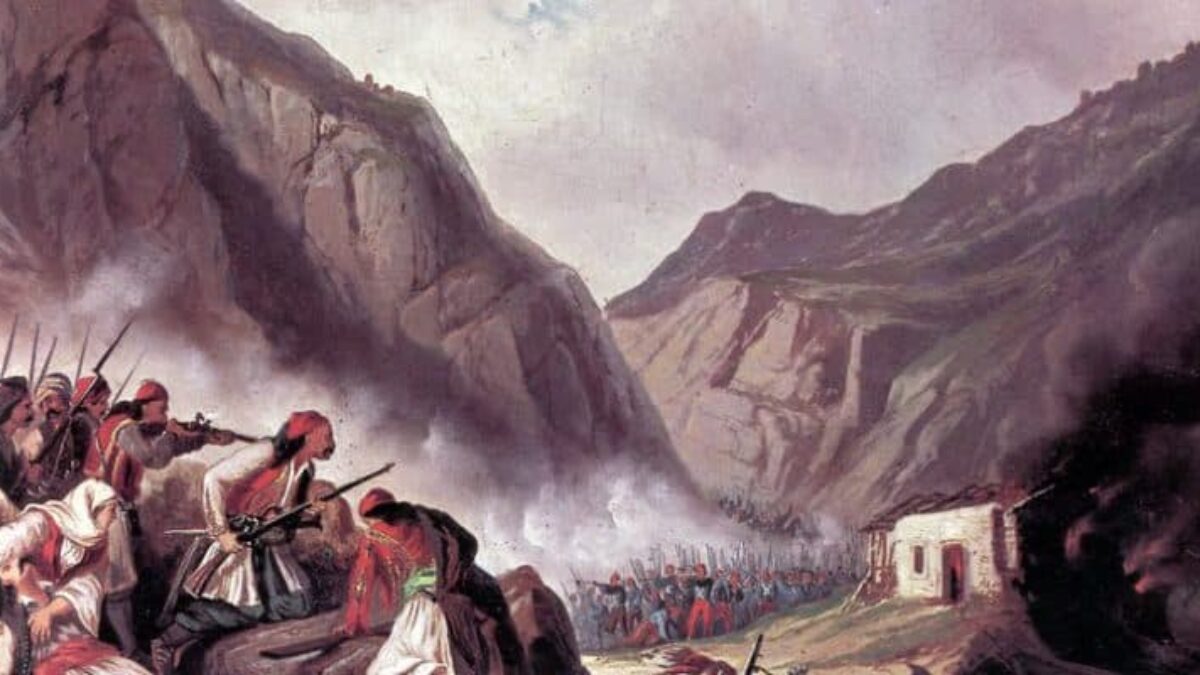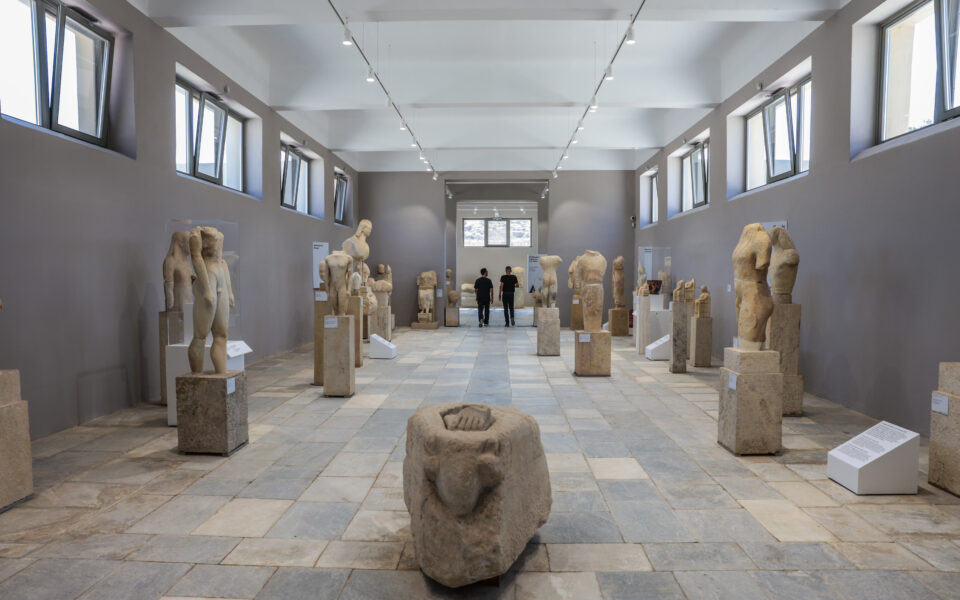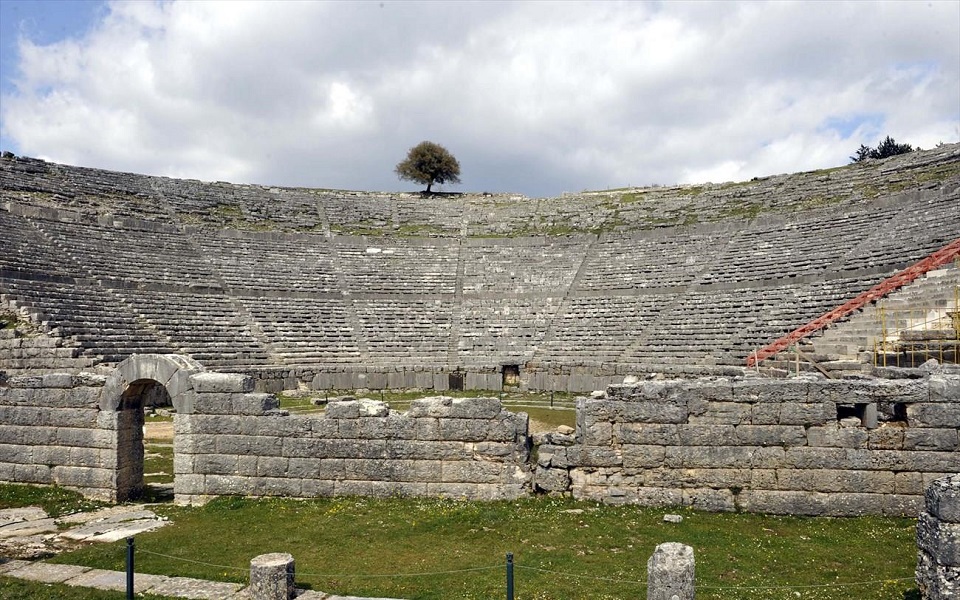Vrasidas Karalis: Under the Heavy Shadow of Byzantium


With deep sadness and intense scepticism, I watched the conversion of Hagia Sophia from a world heritage museum to an Islamic mosque. The prayer itself was not of course the problem; the real problem was the blatant message of the event which was more political than religious. The obvious symbolism of the Imam holding the sword of conquest while ‘cursing’ anyone how would question the authority of Turkey as a conquering power over the monument was powerful and ominous. The symbolism of the event that took place on the date of the peace agreement between Greece and Turkey in Lausanne in 1923 could not be missed also.
President Tayip Ertogan moves slowly but decisively. He dismantles the secular society of his country, re-ignites the religious populism of his voters, especially from Anatolia, and transforms one of the most important historical cities of the world into an exclusive Islamist enclave. The conversion of Hagia Sophia into a mosque against the international obligations of Turkey to UNESCO is primarily an affront against the legacy of Kemal Ataturk and the principle of laicity on which he established the modern nation-state of Turkey.
By abandoning his legacy, Turkey will be gradually transformed into theocratic state, that will destabilize the region in the near future and many countries, that have remained silent during this incident, like Putin’s Russia, will eventually come to regret. The plan also, so explicitly pronounced by the Turkish president, to make Istanbul the “mother-city” of all persecuted and “poor Muslims” indicates another aspect of his political agenda to move the capital city from Ankara to Istanbul. This will be the ultimate end of secular Turkey and will lead to its complete isolation from Europe, and probably to its conflict with the Arab countries like Saudi Arabia who think themselves as the leader of all Muslims.
Many people especially in the West cannot really decipher the symbolism of the event. When Ataturk made Hagia Sophia into a museum he didn’t simply want to secularise the country but to make the cathedral into a symbol of dialogue and coexistence of religions. Because of its architectural majesty, the church became the model for both churches and mosques for many centuries. It also became a symbol of the spiritual communion of religions as a common space for all of them who come to admire the building itself. When I visited the temple some years ago, I was impressed by the civility and the mutual courtesy between Muslims and Christian visitors.
After the conquest of Constantinople in 1453, the militaristic culture that took over the heavily urbanised and ritualistic Byzantine tradition tried to construct something parallel if not better to the Great Church. The Blue Mosque is an amazing building, elegant and sublime, built specifically for Muslim prayers. Erdogan’s new vision for the return to the Ottoman imperial legacy of expansion and domination disturbs all nations of the region in whose collective memory the Ottoman Empire, despite some well-meaning but totally uninformed revisionist historians, is still associated with civil subjugation, second rate citizenship without legal rights, no representation in court, poll tax, and of course something that the people of Eastern Europe haven’t forgotten, the terrible blood tax, the devshirme. These practices lasted for centuries and only in the last fifty years of its existence the Ottoman Sultan was forced to accept changes, because of external intervention and internal revolutions.
Despite the 567 years of having conquered the most sophisticated empire of the European Middle Ages, it hasn’t managed to emulate or surpass the grand culture it conquered and tried to antagonise by taking over its monuments. The deep angst of cultural influence which could have become the most significant force for renewal and innovation, stifles its social structure and reverts it to the militaristic power whose only reason for existence is territorial expansion.
Turkey will always face a legitimation crisis vis-à-vis its position in geography and history. Kemal Ataturk saw the establishment of modern Turkey as a new social and political entity, with a new civil identity, comprised of cultural pluralism through the multiple layers of Anatolian cultures, despite the various successful attempts after his death by the official state to expel all minorities.
According to the Lausanne Treaty and the exchange of populations, 100,000 Greek-Orthodox should remain in Istanbul with the same number of Turkish Muslims in Greece. Today there exist less than one thousand Greek Orthodox whereas at least 200,000 Muslims live in Greece. The plan for religious homogenisation is now accomplished with its complete Islamisation, the expulsion of all religious minorities, the rise of nationalistic fanaticism and the domination of Islamic Brotherhood which has already become the most popular movement in Turkey. The weaponization of the refugees is also another policy employed to blackmail the European Union. Turkey is evolving into a rogue state which uses its geostrategic position to exploit European anxieties and to deflect attention for its collapsing economy.
In a few years from now, this political reorientation and demographic change will have a deep impact on the other countries of the region, both in the Balkans, Eastern Mediterranean, the Caucasus countries and the Black Sea. By then it will be too late for anyone to rein the hegemonic and imperial ambitions of the new Islamist regime that will take over demographically in Turkey.


Yet irrespective of what will happen, Turkey will always exist under the heavy shadow of Byzantium. If its greatest glory is to pray in a conquered Christian Church as its highest and most important religious centre, then this is one of the most bizarre ironies of history. In collective memory however, and especially cultural history, this will remain a Christian cathedral built by the emperor Justinian and two of greatest architects in history, Anthemius and Isidorus. If praying in their church makes contemporary Turks feel owners of their history this is also another bizarre irony.
The conversion of the museum to a mosque is the most obvious act of cultural appropriation which for some strange reason is totally ignored by the usual suspects who passionately advocate for cultural authenticity. It is an act of exploitative colonisation of the symbol of another culture, imposed by force and fear and motivated by resentment and envy. Deep down the Turks will always remain captives by the beauty of this incredible building which belongs to humanity and is a symbol of universal value. Can’t they build something equal or better instead of trying to usurp its history? Obviously, they cannot.
**The article has been kindly provided by Professor Vrasidas Karalis. It first appeared in kosmosnewspaper.com.au.




